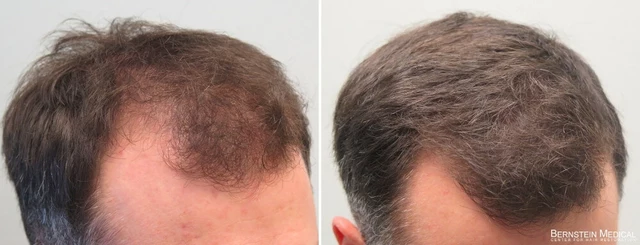Antihistamines: What They Do and How to Use Them Safely
Antihistamines help control allergy symptoms like sneezing, runny nose, itchy eyes, and hives. They block histamine, a chemical your body releases during allergic reactions. You can buy many antihistamines over the counter, but some require prescriptions for stronger or longer-lasting options.
There are two main types: first-generation (sedating) and second-generation (non‑sedating). First-generation drugs, such as diphenhydramine, work fast but often make you drowsy. Second-generation drugs like loratadine, cetirizine, and fexofenadine cause less sleepiness and are better for daytime use.
Pick the right one for your situation
Need quick relief at night? A sedating antihistamine can help you sleep through itching. Need to stay alert? Choose cetirizine or loratadine. If you have chronic allergy symptoms, a daily non‑sedating antihistamine usually works better than repeating short‑acting pills.
Children need lower doses. Always check the label or ask a pharmacist for the right dose by age or weight. Pregnant or breastfeeding? Talk to your doctor — some antihistamines are safer in pregnancy than others.
Important safety tips and interactions
Don’t mix sedating antihistamines with alcohol or sedatives. That combo increases drowsiness and slows breathing. Antihistamines can also interact with some prescription drugs, like certain antidepressants, blood pressure medicines, or glaucoma treatments. If you take other meds, ask a pharmacist or doctor before starting an antihistamine.
Side effects vary. Non‑sedating options often cause little more than dry mouth or mild headache. Sedating ones can cause confusion in older adults and raise the risk of falls. If you notice blurred vision, fast heartbeat, severe dizziness, or trouble urinating, stop the medicine and contact a clinician.
If allergies don’t improve after a few weeks, or if you have persistent sinus pain, fever, or breathing troubles, see a doctor. You might need different treatment, allergy testing, or a prescription spray or immunotherapy.
Thinking of buying antihistamines online? Use reputable pharmacies, check for clear contact info, and avoid sites that sell prescription drugs without a prescription. Cheap price alone is not a good sign. Look for proof of licensure, secure checkout, and customer reviews.
Combine meds with simple habits: avoid known triggers, keep windows closed during high pollen days, use HEPA filters, and wash bedding in hot water weekly. Nasal saline rinses and topical nasal steroids can also help alongside antihistamines.
Quick tip: For hives, an oral non‑sedating antihistamine taken regularly works better than taking pills only when symptoms flare. For seasonal allergies, start daily treatment a week before peak pollen when possible.
If you have chronic hives or severe reactions, ask about prescription options like higher‑dose antihistamines or monoclonal antibodies. Allergy shots (immunotherapy) can reduce need for meds over months to years. Keep an allergy diary — note foods, seasons, pet exposure, and meds that help. That gives your doctor useful clues. Also, store medicines away from heat and moisture and check expiration dates. Using an expired or improperly stored antihistamine can reduce its effect when you need it most.
Ask questions and bring notes to visits.




